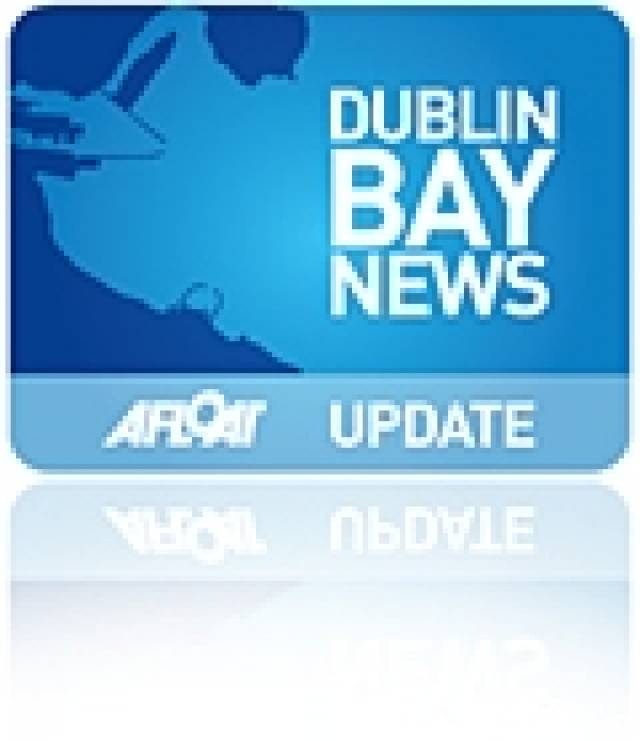#DunLaoghaire - The Irish Times reports that a planning application has been lodged for the proposed 'urban beach' on Dun Laoghaire's waterfront.
The Dun Laoghaire Harbour Company submitted its application to An Bord Pleanála just before Christmas for the €2.5 million project, a joint venture with Dun Laoghaire-Rathdown County Council (DLRCC) inspired by the Badeschiff in Berlin.
Set to be constructed on berth 1 at the East Pier of Dun Laoghaire Harbour, the artificial beach will come with a floating, heated swimming pool built on a converted river barge, plus a cafe, changing area and other facilities.
As previously reported on Afloat.ie, the proposals were available for public consultation in September (click HERE to see an artist's impression of the completed project) and the final application will itself be open for submissions till 3 February 2014.
And it may only be the first of such 'urban beach' facilities for the South Dublin town, according to a local council member.
Independent councillor Victor Boyhan says DLRCC is still committed to its own plans to redevelop the derelict Victorian baths south-east of the East Pier that last operated as the Rainbow Rapids in the 1990s.
The Irish Times has more on the story HERE.

























